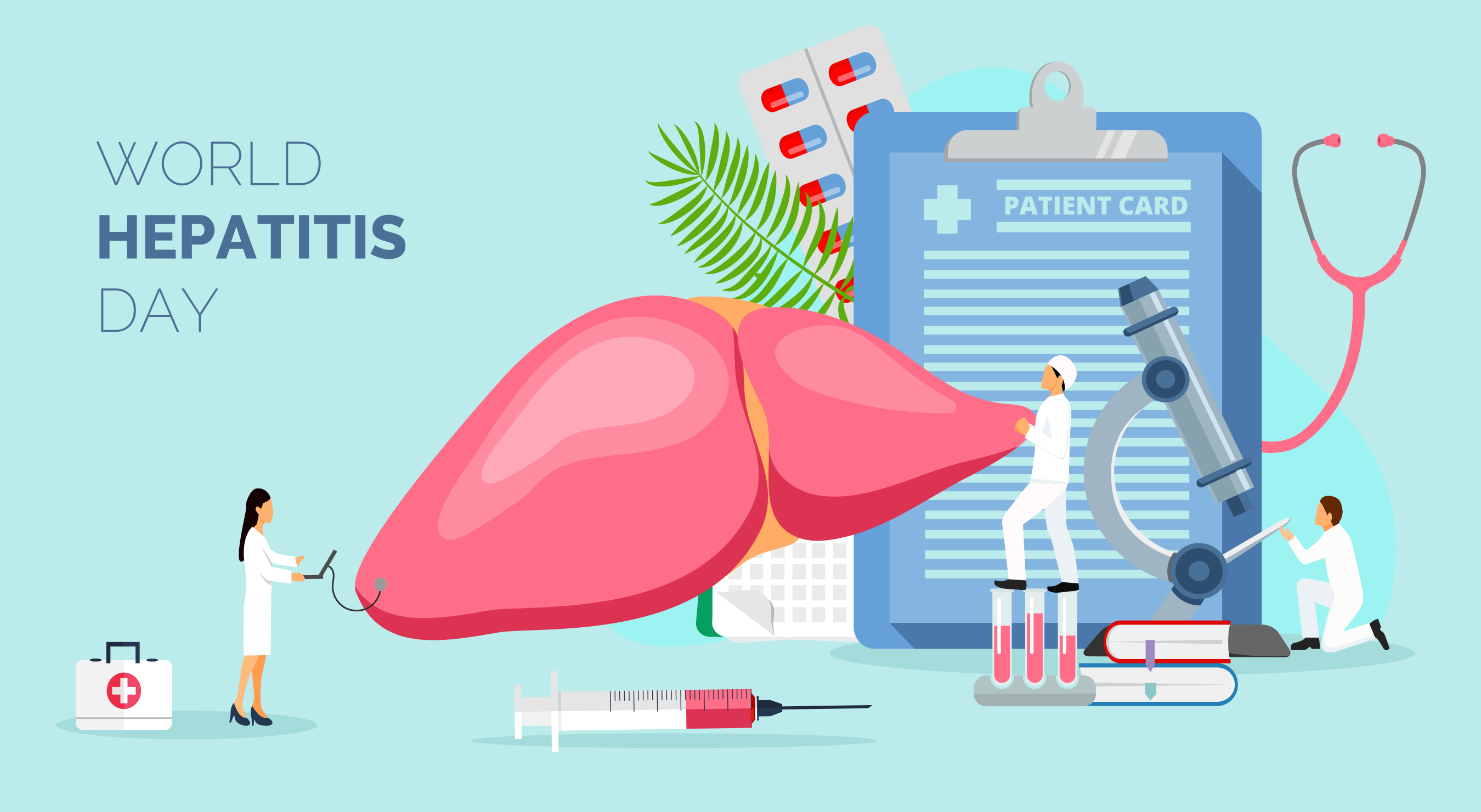On World Hepatitis Day 28th July 2020, WHO calls for united and stepped-up action to build on the achievement of one of the milestone targets to eliminate viral hepatitis in the Sustainable Development Goals ─ to reach under 1% prevalence of HBV infections in children under five years of age by 2020.

This is possible only by intensifyong efforts to prevent mother-to-child transmission of HBV through testing pregnant women and provision of antiviral prophylaxis to those who need it and maintaining and expanding access to hepatitis B immunization and birth dose vaccine.
WHO already recommends routine testing of all pregnant women for HBV, as well as HIV and syphilis as early as possible in their pregnancy. In view of new evidence on the safety and efficacy of antiviral prophylaxis in pregnant women and their children, WHO has issued 2 new recommendations:

- Pregnant women who test positive for hepatitis B infection and have a high level of HBV in the blood (known as HBV viral load) should receive preventive antiviral therapy with tenofovir from the 28th week of pregnancy until birth. The antiviral drug, tenofovir is available at low cost in many countries of the world for less than US$ 3 per month.
- In settings where HBV viral load testing is not available, WHO recommends the use of an alternative low cost test (HBeAg) to determine whether a woman is eligible for preventive antiviral therapy.
Hepatitis & Covid-19
WHO-targets in the post COVID-19 period, there would be a projected 5.3 million additional chronic HBV infections among children born between 2020 and 2030 and 1 million additional HBV-related deaths among those children later on. Thus, missed opportunities now to prevent new HBV infections will have a long-lasting and life-impacting effect.
This year’s theme is “Hepatitis-free future,” with a strong focus on preventing hepatitis B among mothers and newborns.
There are five main strains of the hepatitis virus: A, B, C, D and E.
Together, hepatitis B and C are the most common cause of deaths, with 1.3 million lives lost each year. Amid the COVID-19 pandemic, viral hepatitis continues to claim thousands of lives every day.
